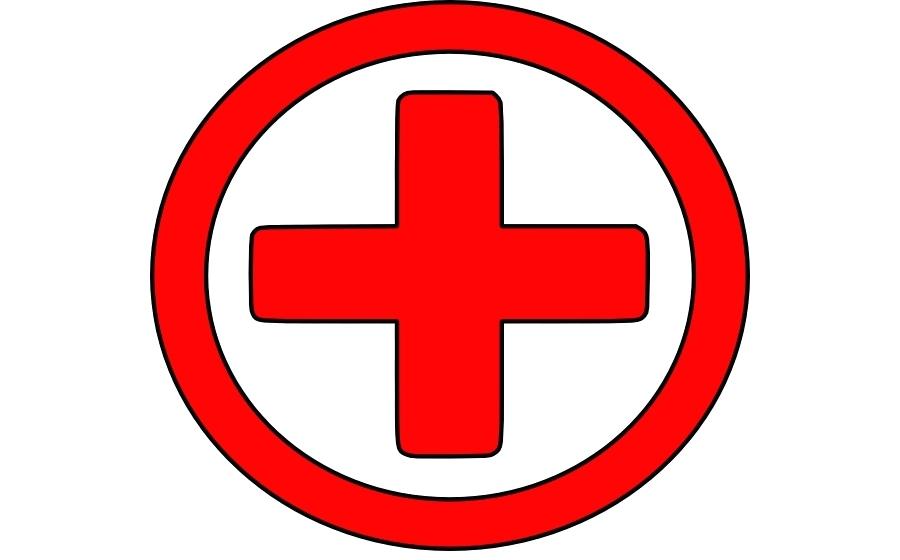

The cross ceased to be a symbol directly associated with the "taking of the cross", the resolve to fight in a crusade, after the failure of the crusades in the 14th century. The flag showing the saint himself was the city's principal war flag, but the flag showing the plain cross was used alongside it in the 1240s. The Genoese flag with the red cross was used alongside this "George's flag", from at least 1218, and was known as the insignia cruxata comunis Janue ("cross ensign of the commune of Janua"). An illumination of this flag is shown in the annals for the year 1227. It continued to be used as the Reichssturmfahne ("imperial war flag") of the Holy Roman Empire, eventually giving rise to the flag of Savoy and the present-day flags of Switzerland and Denmark.Ī vexillum beati Georgii is mentioned in the Genovese annals for the year 1198, referring to a red flag with a depiction of St George and the dragon. The white-on-red version was chosen as the Reichsbanner ("imperial banner") by the German crusaders in the 12th century, and Emperor Frederick II used it in his European campaigns of the 1250s after he had returned from the crusades. A crusader-era fresco in the crypt of Trani cathedral shows Saint George wearing a white cross on a red surcoat. Saint George was depicted as a crusader knight during this time, but the red cross had no particular association with him. The red-on-white combination was chosen by the Kingdom of Aragon, among others. Together with the Jerusalem Cross, the plain red-on-white became a recognizable symbol of the crusader from about 1190, and in the 13th century it came to be used as a standard or emblem by numerous leaders or polities who wanted to associate themselves with the crusades. The red cross in particular was associated with the Knights Templar, from the time of the Second Crusade (1145), īut in 1188 red and white crosses were chosen to identify the French and English troops in the "Kings' Crusade" of Philip II of France and Henry II of England, respectively. However, there was no association of the red cross with St George before the end of the crusades. Īccording to legend, the crusaders received miraculous help at the siege of Antioch on 28 June 1098 from a great army on white horses, clothed in white and bearing white banners, led by St George, St Demetrius, and St Mercurius.

There was a legend that he had miraculously assisted Godfrey of Bouillon also that Richard the Lionheart had placed himself under his protection.

Saint George became widely venerated as a warrior saint during the Third Crusade. of the Legenda Aurea, Paris, 1382 (BL Royal 19 B XVII, f. Miniature of Saint George and the Dragon, ms. The national flag of Georgia (since 2004) supplements this cross with Jerusalem crosses.Īcross the rest of Northern Italy as the symbol of Bologna, Genoa, Padua, Reggio Emilia, Mantua, Vercelli and Alessandria, the form has only received a cult of Saint George bolstering and simplification to the cross of Saint Ambrose, the origin of the cross in their civic designs, as the latter was adopted by the Commune of Milan in 1045, Ambrose having been a late 4th century bishop of that city. and as two quarters of the Flag of Barcelona. It figures in the emblem (crest) of FC Barcelona, in Ecuadoran premier side Barcelona S.C. Saint George is the patron saint of the Spanish semi-autonomous region of Catalonia and of the country of Georgia. Since then this flag is commonly identified as the national flag of England. George became associated as patron saint of England in the fourteenth century, replacing St Edmund the Martyr. The symbol was adopted by the Swabian League in the pre- Reformation Holy Roman Empire. It has been used as the ensign of the Republic of Genoa from perhaps as early as the 10th century. In heraldry, Saint George's Cross, the Cross of Saint George, is a red cross on a white background, which from the Late Middle Ages became associated with Saint George, the military saint, often depicted as a crusader.Īssociated with the crusades, the red-on-white cross has its origins in the 10th century. The Cross of Saint George as a rectangular ( 3:5 ratio) flag.


 0 kommentar(er)
0 kommentar(er)
